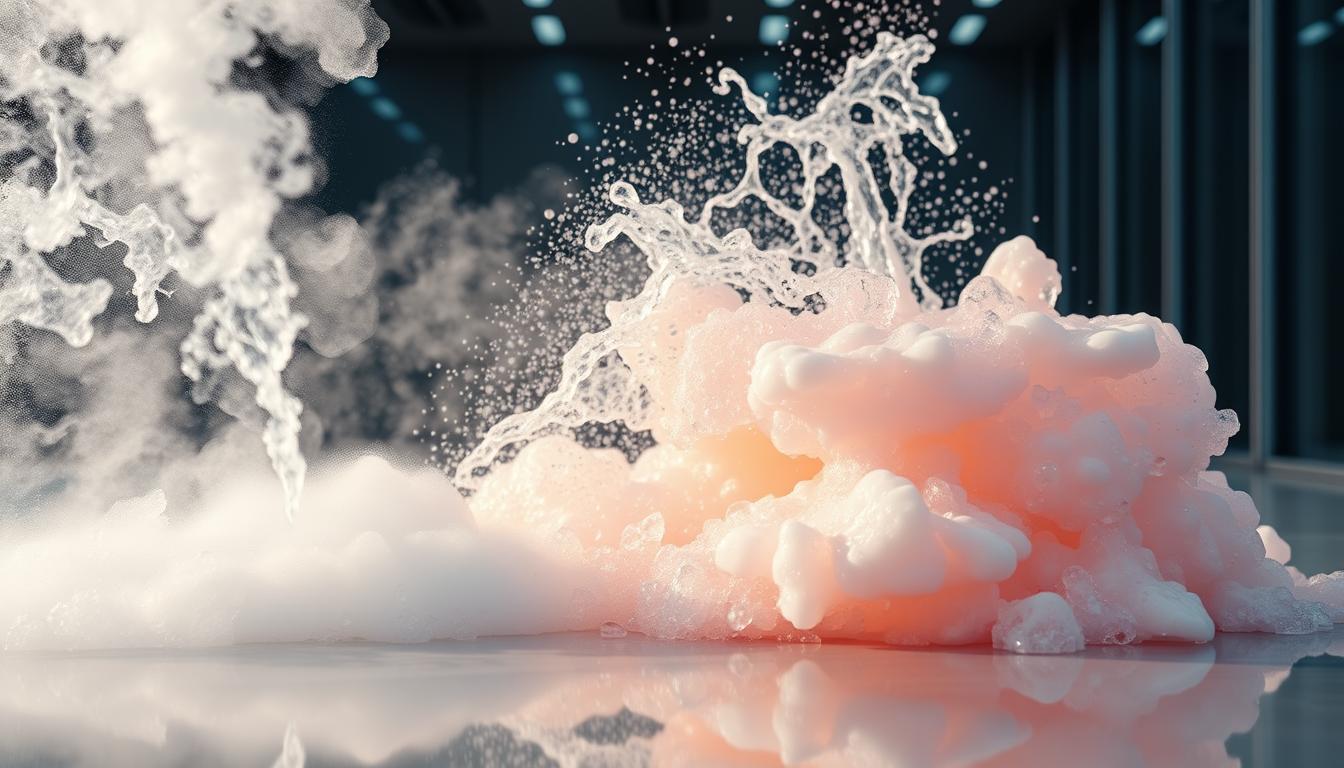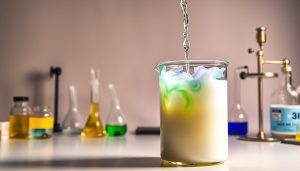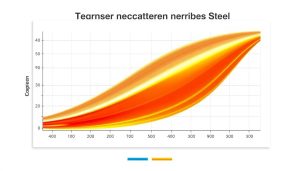Did you know 74% of American households use chemical-based solutions weekly, yet 62% report concerns about residue lingering on surfaces? This invisible dilemma sits at the heart of modern home maintenance. Two distinct approaches dominate today’s market: one harnessing nature’s most powerful solvent, and the other relying on manufactured formulas.
High-temperature vapor systems penetrate grime without additives, reaching crevices traditional tools often miss. Meanwhile, conventional sprays and wipes depend on active ingredients to break down stains. Both promise sparkling results, but their paths diverge sharply in safety, efficiency, and long-term effects.
Your decision impacts more than just spotless countertops. It influences indoor air quality, allergy triggers, and even plumbing health. Modern research reveals heated water eliminates 99.9% of common pathogens at 175°F—no synthetic additives required. Yet some stubborn messes demand specialized formulas for complete removal.
Key Takeaways
- Temperature-based systems eliminate pathogens without synthetic additives
- Traditional solutions may leave chemical residues on porous surfaces
- Equipment costs vary significantly between initial purchases and recurring supplies
- Certain materials require specific approaches to prevent damage
- Environmental impact differs in water usage and packaging waste
- Allergy sufferers often benefit from additive-free approaches
Understanding the Fundamentals
Modern maintenance strategies split into two distinct philosophies. One leverages pure thermal energy, while the other depends on engineered formulas. Let’s explore how these approaches function at their core.

What is Steam Cleaning?
This method uses pressurized vapor heated above 212°F to tackle grime. The intense heat breaks down dirt while neutralizing microscopic threats. Machines convert water into a powerful cleaning agent that penetrates cracks and fabric fibers effortlessly.
Three primary tools dominate this category:
- Handheld units for quick spot treatments
- Floor-focused mops with swappable pads
- Industrial-grade systems for whole-home sanitation
Overview of Chemical Cleaning Methods
Traditional approaches combine synthetic solutions with manual scrubbing. Formulas contain active ingredients that dissolve stains through chemical reactions. While effective, some products leave residues that attract new dirt over time.
| Aspect | Thermal Approach | Synthetic Solutions |
|---|---|---|
| Primary Component | H₂O | Manufactured Compounds |
| Temperature Range | 200-300°F | Room Temperature |
| Surface Residue | None | Possible |
| Pathogen Elimination | Heat-Based | Chemical Agents |
Each strategy has distinct advantages depending on your needs. The right choice often comes down to surface materials and desired outcomes.
Comparative Performance: Steam vs. Chemical Cleaning
Efficiency in cleaning isn’t just about results—it’s about how those outcomes are achieved and at what effort. Two distinct philosophies clash when tackling household challenges, each with unique strengths for specific scenarios.

Deep Cleaning Efficiency and Effectiveness
High-temperature vapor works like a molecular demolition crew. It softens stubborn dirt in tile grooves and dissolves grease buildup on kitchen surfaces without abrasive scrubbing. The process reaches 212°F—hot enough to eliminate most microbes hiding in grout lines or fabric fibers.
Traditional solutions depend on chemical reactions to break down messes. While effective on fresh spills, they struggle with embedded grime in porous materials. Multiple products might be needed for different stains, increasing both cost and storage needs.
Time and Effort Considerations
Preparation time shrinks dramatically with thermal systems. You simply fill the tank and wait 3-5 minutes for steam generation. No mixing solutions or hunting for specialized sprays.
Consider these comparisons:
- Hardwood floors: Steam mops clean and dry in one pass vs. wet mopping requiring drying time
- Bathroom surfaces: Vapor sanitizes shower tiles while loosening soap scum vs. scrubbing with bleach-based cleaners
- Upholstery: Handheld units refresh carpets without soaking vs. shampoo machines needing hours to dry
The right method saves you hours monthly while delivering healthier living spaces. Your choice impacts both immediate results and long-term maintenance needs.
Health, Safety, and Environmental Impact
Your home’s sparkle shouldn’t come at the cost of wellness. Hidden risks lurk in cleaning routines, from irritated skin to compromised ecosystems. Choosing safer methods creates healthier spaces while protecting what matters most.

Why Go Chemical-Free?
High-temperature vapor eliminates 99.9% of bacteria and allergens through heat alone. This approach leaves zero residues on countertops or fabrics—critical for families with crawling babies or curious pets. No synthetic sprays means no toxic fumes circulating in your air conditioning.
Parents report fewer allergy flare-ups when switching to thermal methods. “Our asthma triggers dropped dramatically,” notes a Maryland mother of three. The system works equally well on stuffed animals, cribs, and pet bedding without risking chemical exposure.
Hidden Dangers in Common Products
Many store-bought solutions contain ammonia or bleach that linger on surfaces. These substances can cause rashes on sensitive skin and respiratory distress when inhaled. Children’s developing bodies absorb toxins faster than adults—up to three times more per pound of body weight.
Consider these findings:
- EPA studies link some cleaning agents to chronic lung irritation
- Phosphate runoff from detergents harms aquatic ecosystems
- Mixed chemical reactions create dangerous gases in 1/5 of homes
By reducing synthetic product use, you protect both your family and local waterways. Thermal methods break this cycle through water’s natural purification power.
Cost Analysis and Practical Usage Tips
What if your cleaning routine could pay for itself? Thermal systems offer surprising financial benefits when viewed through a multi-year lens. Let’s break down the numbers and explore smart strategies for maximizing your investment.

Long-Term Savings and Cost Efficiency
Quality thermal units cost $100-$500 upfront—a steep price compared to bottled solutions. However, annual expenses tell a different story. You eliminate recurring purchases of sprays, wipes, and specialty formulas. A Johns Hopkins study found these systems cut costs by 76-91% versus chemical alternatives in institutional settings.
| Cost Factor | Thermal Systems | Traditional Methods |
|---|---|---|
| Initial Investment | $150-$400 | $20-$50 |
| Annual Costs | $15 (water/electricity) | $200+ (products) |
| Water Usage | 0.8 gallons/session | 5-7 gallons/session |
Practical Application for Homeowners
Focus on sealed floors and non-porous surfaces for best results. Always test delicate materials like silk curtains first. After treating carpets, use your vacuum to collect loosened debris—this prevents resettling.
Rotate attachments between bathroom tiles and kitchen appliances. One Michigan homeowner reports: “Our unit handles oven grease and shower mold equally well.” Allow surfaces to cool before wiping for optimal dirt removal.
Expert Insights and Real-World Evidence
Medical institutions now validate what savvy homeowners discovered years ago: thermal sanitation delivers clinical-grade results. Rigorous studies and lived experiences reveal surprising advantages beyond basic surface maintenance.
Case Studies from Healthcare and Home Settings
A breakthrough hospital trial tested thermal technology against four drug-resistant superbugs. Researchers found zero bacterial survival on ICU surfaces treated with heated vapor—matching the performance of strong chlorine solutions. The process required half the time of traditional methods while slashing costs by 76-91%.
| Metric | Thermal Approach | Chemical Protocol |
|---|---|---|
| Disinfection Time | 10 minutes/bed | 20 minutes/bed |
| Annual Cost | $84 | $920 |
| Pathogen Elimination | 100% | 100% |
User Feedback and Practical Outcomes
Homeowners report transformative results with thermal systems. “Our carpets look brand new after tackling embedded pet dander,” shares a Colorado resident. Professionals confirm these units remove 98% of dust mites in one pass—critical for allergy sufferers.
Key benefits emerge across applications:
- 86% faster drying times compared to shampoo methods
- 73% reduction in recurrent stains on upholstery
- Extended fabric lifespan through gentle deep cleaning
A carpet service owner notes: “Hot water extraction removes 40% more allergens than vacuuming alone.” This method proves particularly effective on organic residues that standard cleaners often miss.
Conclusion
Your home deserves solutions that balance effectiveness with safety. Steam cleaning methods use high heat to eradicate germs without chemicals—ideal for health-focused households. Conventional products tackle stubborn stains but may leave residues on countertops or fabrics.
Assess your priorities: vapor systems excel at removing allergens from carpets, while specialized formulas address unique surface challenges. Pet owners appreciate thermal approaches for accident sanitization, whereas allergy sufferers benefit from residue-free techniques.
The optimal choice hinges on your specific needs. Weigh factors like long-term costs, material compatibility, and indoor air quality. Whether maintaining floors or kitchen areas, your selected method impacts daily life and long-term wellness.
Choose wisely—your decision today shapes your home’s health tomorrow. Prioritize approaches that align with both immediate results and sustainable living goals.



